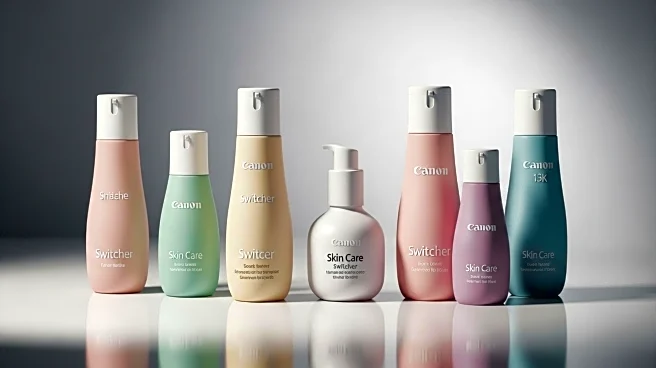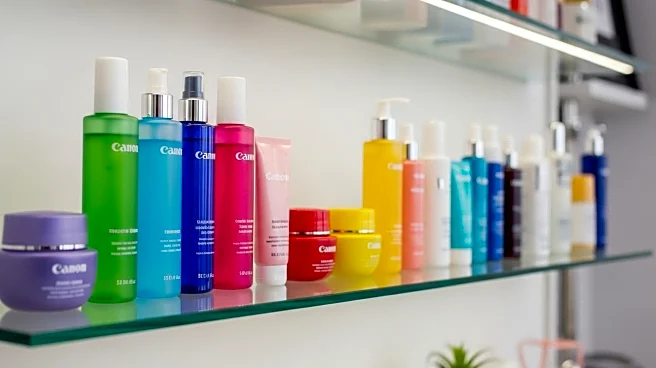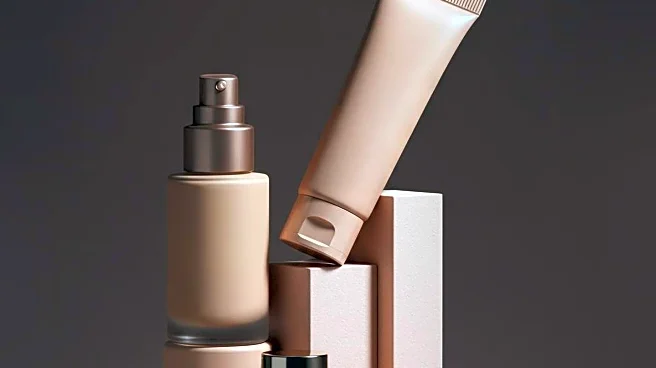What's Happening?
A new consumer segment known as the 'skin care switcher' is emerging in the U.S. beauty industry, characterized by households frequently alternating between different skin care brands. According to research by AI-powered digital advertising firm Becausal, approximately 765,176 U.S. households switch among brands like CeraVe, Aveeno, Cetaphil, La Roche-Posay, and Neutrogena within a year. This behavior is driven by factors such as perceived lack of results, new product launches, promotions, seasonal changes, and life events like pregnancy and aging concerns. Influencer and dermatologist recommendations also play a role in this trend. Avi Chai Outmezguine, CEO of Becausal, notes that this switching behavior represents a high-opportunity audience for marketers, as consumers are more focused on promises and results rather than brand loyalty.
Why It's Important?
The rise of the 'skin care switcher' segment challenges traditional marketing strategies that rely on brand loyalty. This trend indicates a shift towards a culture of constant trial, exacerbated by social media platforms like TikTok and Instagram, where viral routines can lead to rapid brand-hopping. Retailers such as Sephora and Ulta Beauty are making prestige skin care more accessible, further promoting this trial-based culture. For marketers, targeting these switchers during their decision-making windows with proof-based offers can lead to faster customer acquisition, higher retention rates, and greater long-term value. This shift underscores the need for brands to adapt their strategies to focus on delivering visible results and leveraging social media influence.
What's Next?
Brands and marketers are likely to focus on developing proof-based marketing strategies that emphasize dermatologist validation and visible results to capture the attention of 'skin care switchers.' As this consumer behavior becomes more prevalent, companies may invest in innovative product launches and promotions tailored to meet the dynamic needs of these consumers. Additionally, the integration of social media strategies to engage with younger audiences and influence their purchasing decisions will be crucial. The industry may see increased competition among brands to deliver the most effective and hyped products, potentially leading to more collaborations with influencers and dermatologists.
Beyond the Headlines
The 'skin care switcher' trend may have broader implications for the beauty industry, including a shift towards more personalized and adaptive marketing strategies. As consumers prioritize results over brand loyalty, companies may need to invest in research and development to create products that address specific consumer needs and concerns. This trend could also lead to increased transparency in marketing claims, as consumers demand proof of efficacy. Furthermore, the emphasis on social media influence highlights the growing importance of digital platforms in shaping consumer behavior and preferences.










